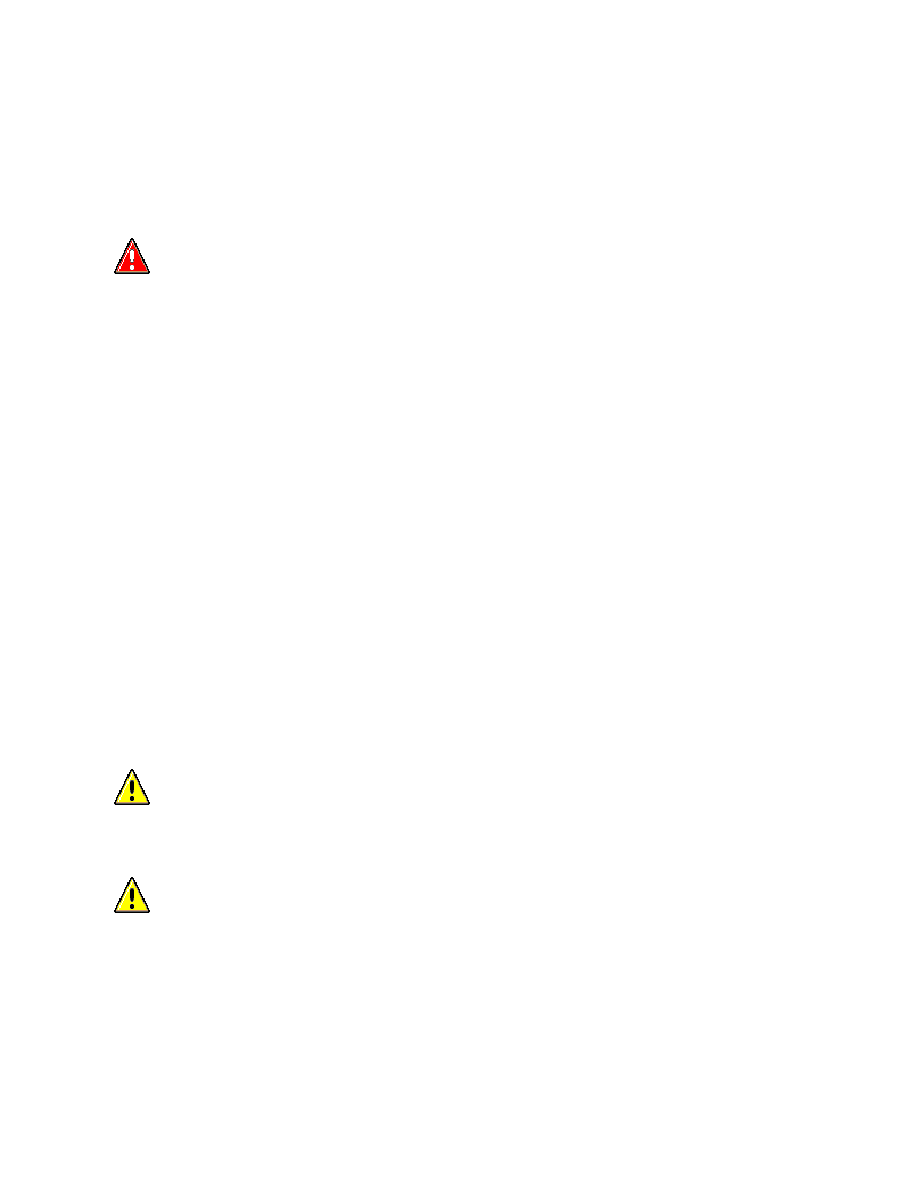LR3/Disco 3

l
Do not unlock and rotate the clock spring when it is removed from the vehicle.
l
Do not turn the road wheels when the clock spring is removed from the vehicle.
l
Always ensure the clock spring is removed and installed in its central position and with the front road wheels in the
straight ahead position - refer to SRS repair section for the correct removal and installation procedure.
l
If a new clock spring is being installed, ensure the locking tab holding the spring's rotational position is not broken;
units with a broken locking tab must not be used.
Airbag and pre-tensioner deployment
Deployment procedures and precautions as detailed in this manual should be strictly adhered to. Only personnel who
have undergone the appropriate training should undertake deployment of airbag and pre-tensioner modules. The
following precautions must be complied with:
l
Only use deployment equipment approved for the intended purpose.
l
Deployment of airbag / pre-tensioner modules must be performed in a well ventilated area which has been
designated for the purpose.
l
Ensure airbag / pre-tensioner modules are not damaged or ruptured before attempting to deploy.
l
Where local legislation exists, notify the relevant authorities of intention to deploy airbag and pretensioner units.
l
When deploying airbag pre-tensioner units, ensure that all personnel are at least 15 metres (45 feet) away from
the deployment zone.
l
Ensure deployment tool is connected correctly, in compliance with the instructions detailed in the SRS section of
this manual. In particular, ensure deployment tool is NOT connected to battery supply before connecting to airbag
module connector.
l
When deploying seat belt pre-tensioners, ensure pre-tensioner unit is secured correctly to the seat.
l
When removing deployed airbag modules and pre-tensioner units, wear protective clothing. Use gloves and seal
deployed units in a plastic bag.
l
Following deployment of any component of the SRS system within the vehicle, all SRS components must be
replaced. DO NOT re-use or salvage any parts of the SRS system.
l
Do not lean over an airbag module when connecting deployment equipment.
If a vehicle is to be scrapped, undeployed airbag modules and pre-tensioner units must be manually deployed. In this
case airbags can be deployed in the vehicle. Before deployment, ensure the airbag module is secure within its correct
mounting position. Deployment of the driver's airbag in the vehicle may damage the steering wheel; if the vehicle is not
being scrapped, deploy the module outside of the vehicle.
SRS Component Replacement Policy
The following information details the policy for replacement of SRS components as a result of a vehicle accident.
Impacts which do not deploy the airbags or pre-tensioners
Check for structural damage in the area of the impact paying particular attention to bumper armatures, longitudinals and
bracketry.
Impacts which deploy the airbags or pre-tensioners
The replacement and inspection policy is dependent on the type and severity of the crash condition. The following
WARNING: During deployment parts of the airbag module become hot enough to burn you. Wait 30
minutes after deployment before touching the airbag module.
CAUTION: The Restraints Control Module (RCM) will log a crash fault after every impact which is severe
enough to cause airbag deployment. It is possible to have three crashes/impacts logged after one event where,
for example, a front, side and rollover has occurred. After the third fault is logged, the SRS warning lamp will be
illuminated and the restraints control module (RCM) must be replaced.
CAUTION: The SRS side/front impact sensor(s) must be replaced if there are any signs of physical
damage or if the restraints control module (RCM) is registering a fault.
